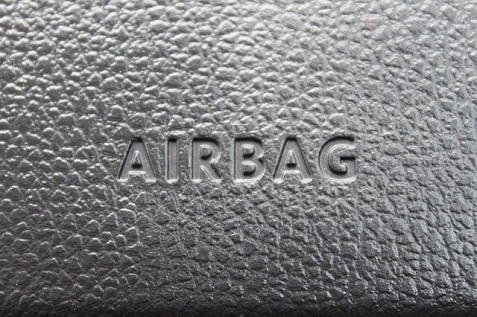Auto Ownership: How to Handle a Safety Recall

No one wants their car to be part of a big recall, but it happens now and then. Whether it’s just one part of the entire vehicle, or multiple systems, a technical service bulletin for manufacturing defects can be scary – especially if your kids ride in the vehicle with you. Here’s what you should do if you get that dreaded letter from the manufacturer.
Types Of Recalls
There are many types of recalls. Most of them are for minor things. For example, a bolt on a non-critical part might be lose or missing. Or, there may be a problem with the seat or a trunk latch. Usually, these problems do not prevent you from using the vehicle and it’s safe to drive it until you can take it into a shop to get it repaired.
Other types of recalls are “full recalls” where part or all of the vehicle’s critical systems are malfunctioning or inoperable or dangerous to operate.
If your vehicle has a problem with an engine component, for example, your manufacturer may require a full recall. Problems with brakes can also be very serious.
Steering components, acceleration, suspension, and fuel systems are all critical system components. If there is a problem in any one of these areas, it’s best not to drive the vehicle until you can have it checked out by a mechanic at the dealership.
Recalls are usually listed as “technical service bulletins,” or TSBs, and are listed by make, model, and year. The National Highway Traffic Safety Administration keeps a record of TSBs for all manufacturers.
Other websites also supplement the NHTSA’s database by providing a searchable database.
Assess The Recall Risk
If the TSB is serious, then you should immediately book an appointment with a dealership. The dealership needs to be one that corresponds to the make of your vehicle. For example, if you own a Honda, you must take it to a Honda dealership. If you own a Toyota, you must take it to a Toyota dealership.
Your local mechanic can probably fix anything, but it won’t be covered under the manufacturer’s TSB warranty.
Some recalls are very serious, like the Takata Air Bag Recall, where airbags would explode on drivers and passengers, causing serious harm or death.
With this particular recall, 34 million vehicles were recalled because of faulty air bags made by a Japanese company. A defect in the air bag inflator caused some vehicles’ airbags to rupture violently. This sends fragments of metal and plastic into the drivers or passengers.
More than 100 injuries, and at least 6 deaths, have been reported because of this defect. And, because Takata makes airbags for most major auto manufacturers, the recall is widespread.
Affected vehicles range from model years 2002 through 2008, but some expanded recalls now include vehicles through 2014.
Apparently, some of the propellant used to deploy the airbag degrades over time and becomes prone to overaggressive combustion.
This causes airbags to essentially explode in peoples’ faces.
Even repaired units may need to be replaced, meaning this TSB is one of the most serious ever issued.
Other TSBs, which are far more common, include brake light fixes, parking brake fixes, and transmission fixes.
So, once you’ve assessed the seriousness of your TSB, make a decision as to whether you need to get your vehicle fixed now, or whether it can wait.
Visit An Authorized Manufacture’s Dealership
When you walk into the dealership, explain the issue. It’s likely they will be familiar with the problem as they get TSBs all the time. The dealer will try to reproduce the problem and may ask you a series of questions.
The mechanic will put your vehicle up on a hydraulic lift, or drive it around the car dealer lot, depending on the nature of the problem. In some cases, like the airbag recall, the problem is well-established and known that a replacement or patch is done with little or no testing required.
If the manufacturer has specified that this repair is fully covered under warranty, the dealer must fix it free of charge. Most dealerships will tell you whether your repairs are covered. If they do not, or if it’s unclear, ask. And, always bring a copy of the TSB with you, indicating that the manufacturer has agreed to replace it for free, just in case. If the manufacturer only covers parts or labor, you will be notified of your responsibility for the repairs.
Then, you just have to authorize the repairs and let the mechanics do their job.
David Strickland works in consumer affairs within the automotive industry. He always appreciates the opportunity to share his insights online and has already written a number of posts for car-related websites.
Related Posts
Posted in: Lifestyle
Tags: car safety





